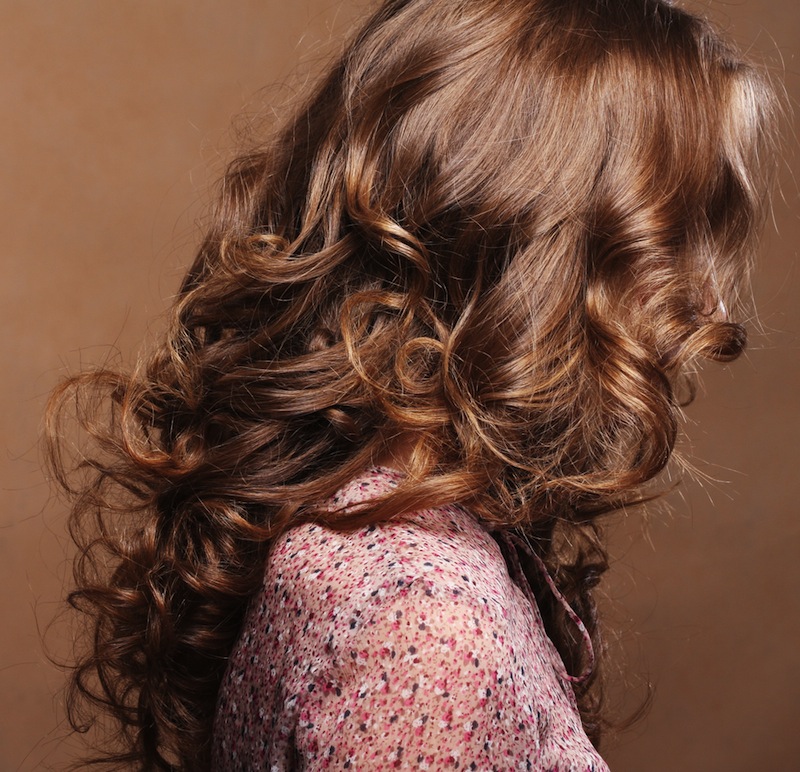4 Common Hair Care Questions Untangled

With all the hair care products available, consumers can easily become entangled in their choices. Some products promise to be gentler on hair, while others offer thickening or smoothing solutions, but not all of these claims are scientifically based.
Despite their uplifting promises, some products can be just a waste of money, and some can actually damage the hair, said Dr. Nicole Rogers, an assistant professor of dermatology at Tulane University in New Orleans.
Here are some tips to help you decide which hair care products to buy, as well as the lowdown on the science of some commonly touted ingredients. [ 7 Beauty Trends that Are Bad for Your Health]
Are sulfate-free shampoos really better?
Sodium laureth sulfate and sodium lauryl sulfate are two of the most common shampoo ingredients. These chemicals are what make shampoos turn into a thick lather in the shower, which removes dirt and debris from hair.
Recently, sulfates have come under attack for being harsh on the hair by removing natural oils, causing frizziness and damage to dyed hair. Now, many products bear a "sulfate-free" label, and these are often more expensive than their counterparts.
However, Rogers said there is no scientific evidence that sulfate-free shampoos are gentler on the hair than shampoos that contain sulfate.
Sign up for the Live Science daily newsletter now
Get the world’s most fascinating discoveries delivered straight to your inbox.
Similarly, no scientific data supports marketing claims that some sulfate-free shampoos extend the life of hair color or keratin treatments, Rogers said.
It is possible that some people, particularly those with the skin condition eczema, are sensitive to sulfates. There have been a few reports linking sodium laureth sulfate and sodium lauryl sulfate to contact dermatitis in some people. For these people, sulfate-free shampoos can be beneficial, Rogers said.
Are keratin treatments safe?
Keratin treatments are touted for their ability to smooth and straighten hair, turning the tightest curls into silky threads, with an effect lasting up to five months.
However, in addition to keratin, these products contain the dangerous chemical formaldehyde, often exceeding the concentrations permitted in Canada and European countries. Keratin treatment products have also been cited numerous times by the U.S. Occupational Safety and Health Administration (OSHA) for using higher levels of formaldehyde than are allowed in the United States.
Formaldehyde can harm the eyes, lungs and nasal passages, Rogers said. The chemical is also thought to be a carcinogen.
Moreover, there is no data showing that keratin treatments can strengthen the hair. Rather, the high-heat flat irons needed to seal the formaldehyde into the hair shaft can cause long-term damage to the hair, Rogers said.
Are hair-thickening products safe?
Products marketed as hair thickeners temporarily coat the hair shaft to make hair look thicker, but they cannot change the natural density of hair. The thickening effect will only last until the hair is washed.
Rogers said that these products are very safe, and advised consumers to look for hair-thickening products that contain hydrolyzed keratin or dimethicone, which coat the hair shaft to make hair appear thicker.
Some hair-thickening products now being marketed also contain the drug minoxidil, which can boost the density of thinning hair and create noticeably thicker hair. Minoxidil is the only topical medication approved by the Food and Drug Administration to regrow hair and slow future hair loss, Rogers said.
Should heat protectants be used when blow drying?
Heat from hair dryers, flat irons or curling irons can be very damaging to hair, and cause a condition that dermatologists call bubble hair: When the water in the hair is heated and turns to steam, it causes bubbles to form within the hair shaft. The result is brittle hair, with frizzy ends.
To counteract the effects of heat, Rogers recommended using a heat protectant before applying any heat to the hair. These products are sprayed or applied onto the hair, and contain protective polymers and silicones that insulate hair from heat.
Also, it is better to use the lowest temperature settings on hair dryers, and use heat as little as necessary and for the shortest time possible, Rogers said.
For hair already damaged by heat, moisturizing the hair regularly can help reduce the appearance of heat damage, but it cannot repair the hair, Rogers said. Cutting damaged hair, and allowing healthy hair to regrow, can also improve your locks' appearance.
Email Bahar Gholipour. Follow us @LiveScience, Facebook & Google+. Original article on Live Science.











